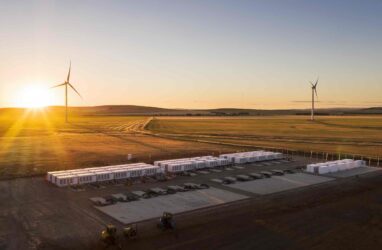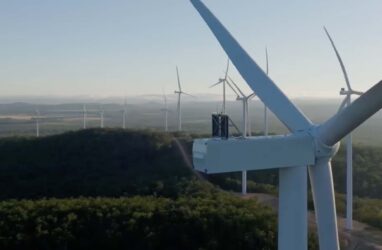Feed aggregator
EU’s incoming energy commissioner to promote electrification as ETS2 hits housing
Big batteries take centre stage as Neoen reports fall in wind and solar revenues
The post Big batteries take centre stage as Neoen reports fall in wind and solar revenues appeared first on RenewEconomy.
Ethanol producer completes diagnosis of CO2 well leak in Illinois
“Not always a great quality:” Leading wind developer may switch from western to Chinese turbines
The post “Not always a great quality:” Leading wind developer may switch from western to Chinese turbines appeared first on RenewEconomy.
Alberta TIER October spot prices continue to tumble amid weak demand
The frozen carbon of the northern permafrost is on the move – we estimated by how much
The Guardian view on Labour’s 2030 clean energy target: Britain should go for it | Editorial
As a new report makes clear, the timetable is dauntingly tight. But the potential rewards on offer are huge
One of Labour’s first acts in government was to lift the de facto ban on new onshore windfarms introduced by the Conservatives in 2016, which closed off one of the key pathways to clean, cheap energy by the 2030s. This week, progress was resumed as plans were outlined for what would be the most productive onshore windfarm in England. According to developers, the Scout Moor scheme in Greater Manchester could meet 10% of the region’s energy needs by the end of the decade.
As a major new report published on Tuesday makes clear, if Labour’s mission of a clean electricity system by 2030 is to be met, an avalanche of such projects will be required. The publicly owned National Energy System Operator (Neso) estimates that a doubling of onshore wind capacity will be necessary, along with a still bigger expansion of offshore wind and a tripling of solar power. When this is all considered alongside the need to transform the country’s power and transmission networks at an unprecedented pace, the daunting scale of the task becomes clear. Crucially, though, Neso’s analysis finds that the 2030 date is achievable if, to put it non-technically, the government, the energy industry and regulators truly go for it.
Do you have an opinion on the issues raised in this article? If you would like to submit a response of up to 300 words by email to be considered for publication in our letters section, please click here.
Continue reading...




